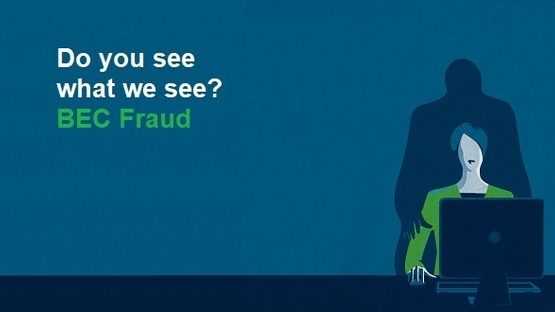-
Fighting fraud
Corporate fraud
Keeping your business free from fraud
Fraudsters can attempt to impersonate you to gain access to your corporate information.
Social engineering, hacking, malware and email compromise are some deceptive ways through which they can obtain this information.
There are some scams and types of fraud that are unique to businesses and individuals who run them. Make sure you know what they are and how to avoid them.
Read our Security Tips to know more about social engineering and find out how to protect yourself from phishing and vishing.

Business Email Compromise (BEC) fraud
In a BEC scam, criminals send an email message that appears to come from a known source making a legitimate request. These scams typically target businesses working with foreign suppliers and/or businesses that regularly perform wire transfer payments. Such scams usually target individuals who have easiest access to company funds.
The US Federal Bureau of Investigation (FBI) estimated the total losses to fraud involving BEC is US$26billion between 2016 and 2019.
This trend is still on the rise. Our infographic has more information.
Read the following scenarios to see how BEC evolves into fraud
Cheques are one of the oldest non-cash financial instruments that businesses use for payments. Though most businesses have moved to other forms of faster payment methods, cheques are still commonly used.
Cheque fraud is typically committed through the following ways:
Learn what you can do to keep your business supply chain safe, including suppliers and customers.
Expert insights
Read our articles to learn more about how fraud works and what you can do to help protect your company
Protect your company from malware
A 2019 Cost of Cybercrime Study from Accenture showed malware now costs companies USD 2.6 million annually
Stay safe from digital payment frau
The payment landscape is evolving rapidly. That means additional avenues have opened up for fraudsters.
What BEC fraud is costing companies
Business Email Compromise (BEC) fraud has cost companies around the world billions over the last few years
The bad guys aren’t standing still. Neither should we.
Bill Winters | Group Chief Executive